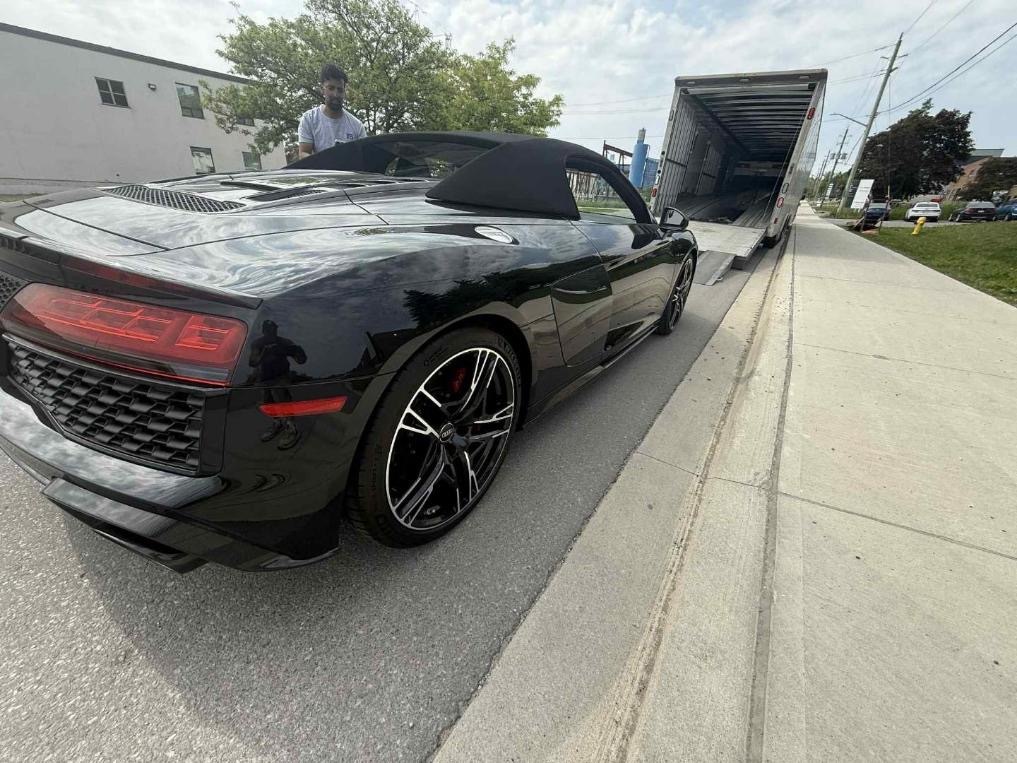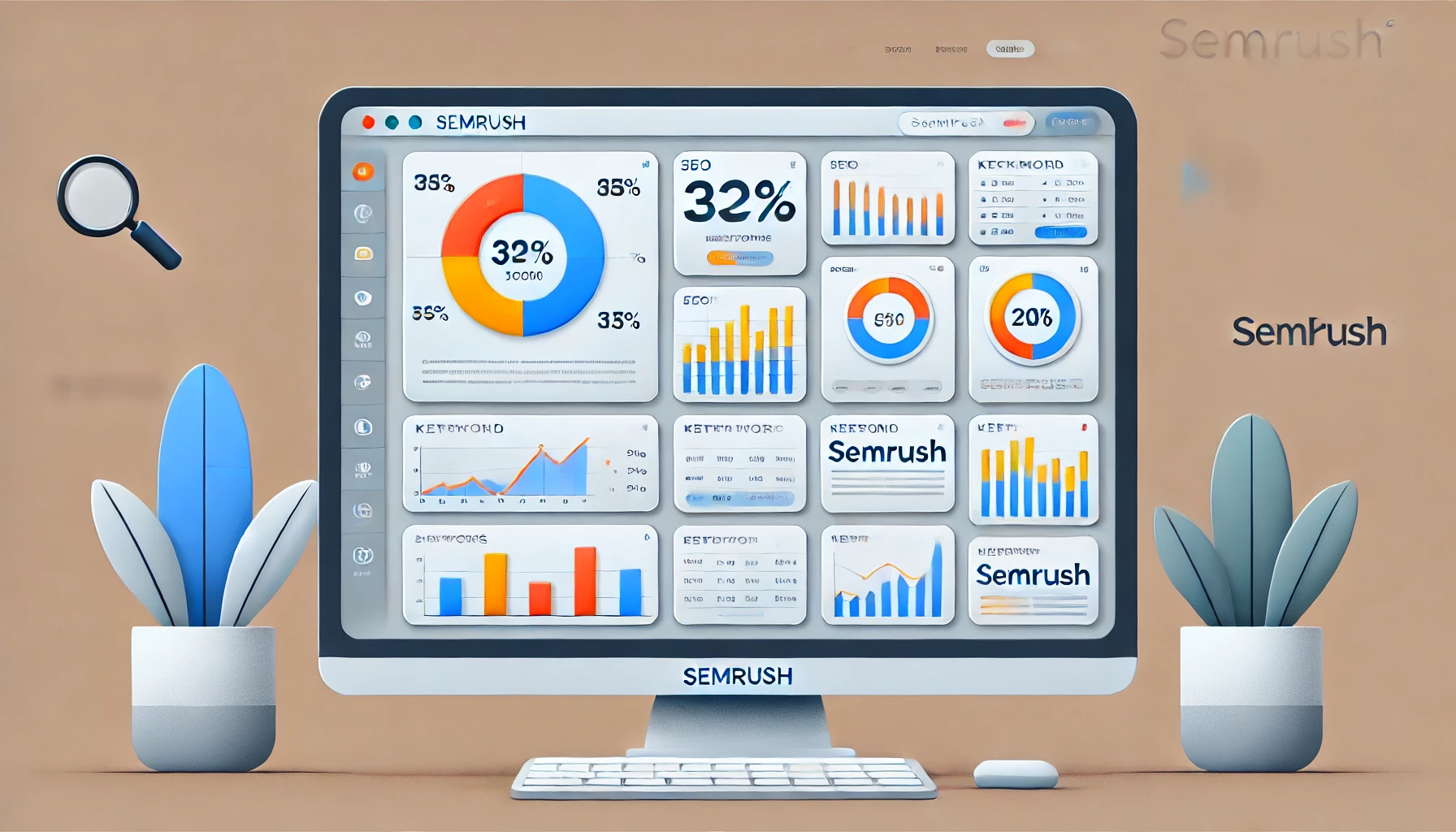Snowbird Car Shipping: My Honest Recommendation as a Canadian Driver

Every fall I watch the weather app turn a little more blue and start the yearly debate: do I drive south for days, or ship the car and fly? After doing both, I’m firmly on Team Ship. If you’re heading to the States for the winter—or bringing a vehicle home in the spring—here’s a simple, personal rundown of what worked, what didn’t, and what I’d recommend to friends and family.
Why I stopped road-tripping and started shipping
My first snowbird season, I drove. It sounded fun in theory: coffee, podcasts, the open road. In reality it was long days, surprise weather, and a car that needed a wash and an oil change the minute I arrived. The next year I tried shipping instead. I booked a pickup window, flew down, and the car showed up clean, inspected, and ready to go. No hotel juggling, no highway roulette. That was it—I was converted.
How the process actually feels (not the brochure version)
- You pick a window, not a minute. I gave a two-to-three-day pickup range. That flexibility helped dispatch match my car with a truck already running south. If you can keep the same flexibility on delivery, even better.
- You share a tiny stack of documents. I sent a photo of my registration, driver’s licence, and proof of insurance. If you just bought the car, you’ll add a bill of sale. If there’s a lien, your lender provides a short permission letter—start that early so you’re not waiting on hold the week of pickup.
- Pickup is quick and documented. The driver walked around the car with me, took photos, and noted anything existing on the Bill of Lading. That paper trail matters—keep your copy.
- Border steps happen in the background. A cross-border team handled the customs forms and presented the vehicle. I didn’t need to be there, and I got status updates as it moved.
- Delivery is a meet-and-greet. We met at an easy spot near my place (big trucks and small condo streets don’t always mix). I compared the car to the pickup photos, signed, and that was that.
What I’d do again (and what I’d skip)
- Book early. Southbound demand ramps up fast before the first real snowfall. Two to four weeks’ notice gave me better dates and calmer planning.
- Keep the car empty. I used to stash things in the trunk “just in case.” Bad idea. Personal items aren’t covered by cargo insurance and can complicate border checks. I ship the car as if it’s being photographed for sale—clean and empty.
- Take simple daylight photos. Four corners, wheels, windshield, roof, interior. Takes five minutes, saves headaches.
- Share access details up front. Gate codes, concierge phone, best cross-street—anything that makes loading and delivery easy.
Open vs. enclosed: my take in one minute
Open transport is what most people use—safe, efficient, and easier on the budget. I’ve used it for daily drivers without issue. Enclosed transport is worth the extra for a classic, luxury, or brand-new vehicle, or if you just want the car fully shielded from winter spray. If your vehicle sits low, ask for lift-gate loading. That one question avoids a lot of stress.
What it costs (and what moves the price)
There’s no “snowbird flat rate.” Four things nudged my price up or down:
- Route and season: Florida, Arizona, Texas, and California lanes heat up in winter. Popular routes fill first.
- Trailer choice: Enclosed is pricier than open because space is limited and insurance limits are higher.
- Flexibility: A wider pickup window let dispatch place my car on a truck already heading my way—usually cheaper.
- Access: If your street or building isn’t truck-friendly, meeting at a nearby terminal can trim time and cost.
Buying across the border? This is easier than it looks.
Snowbird season also lines up with a lot of cross-border purchases. I’ve done both directions:
- Canada ➜ U.S. purchase: The team moved the vehicle south and I handled state registration on arrival. The key is confirming any state-specific steps in advance so you’re not hunting for the right office at the last minute.
- U.S. ➜ Canada purchase: They brought the vehicle north, guided me on taxes and inspections, and delivered to my driveway. The documents were the same basics—ownership, ID, insurance—with a bill of sale because it was newly purchased.
The short version: you focus on picking the right vehicle; they keep the paperwork and timing tidy.
Simple prep checklist you can actually use
- Remove personal items from the cabin and trunk (insurance won’t cover them).
- Leave about a quarter tank of fuel.
- Turn off alarms, remove toll tags, unplug dash cams.
- Take clear photos in daylight and keep them with your booking email.
- Share access notes: gate codes, concierge name, best truck-friendly cross-street.
South now, home later—how I plan the round trip
I like certainty, so I usually reserve the fall southbound and the spring return at the same time. If your dates are flexible, you can book the return after you settle on a timeline. Either way, the second leg is the same playbook in reverse: small window, same documents, quick pickup, quick hand-off.
Who I trust (and what I ask)
I stick with a Canadian team that runs cross-border routes daily. My quick screen:
- Clear, written terms (cancellations, delays, storage, inspection at delivery).
- Proof of cargo insurance on request, with limits that match my car’s value.
- Realistic ETAs with wiggle room for weather and border volume.
- Text or email updates that don’t require me to chase anyone.
The recommendation
If you’re heading south this winter—or bringing a vehicle home in spring—shipping keeps the trip simple and your car in better shape. Same goes for buying across the border in either direction. If you want a clear checklist and a straightforward path to ship my car, start by picking a two-to-three-day pickup window and getting your basic documents together. Everything else falls into place once those two pieces are set.

